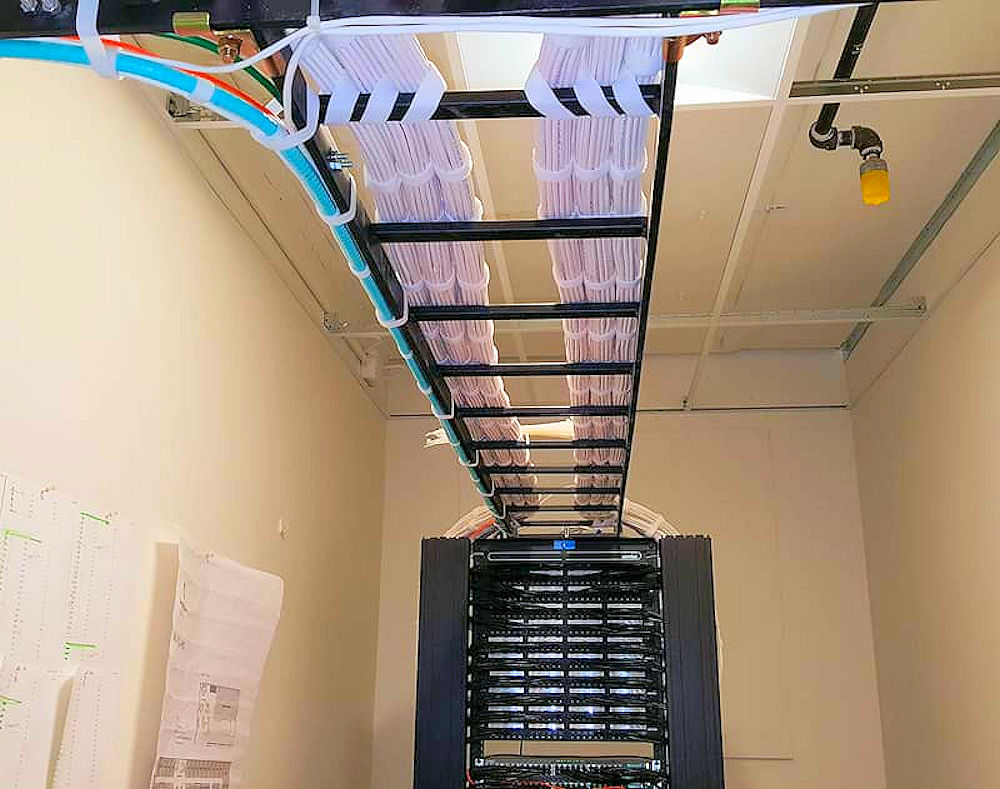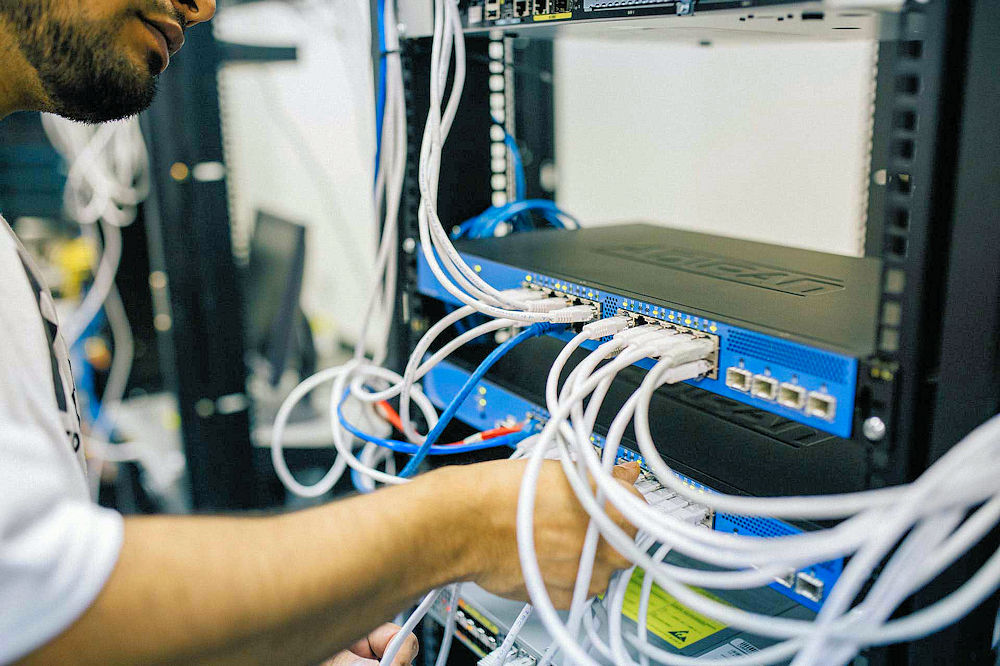

Power Outlets
Power outlets are required at every location where Ethernet cabling will be installed. If there aren't any power outlets available, then you may need to add additional outlets to accommodate the number of devices that will be connected to the network.
Switches
A switch is essentially a hub with multiple ports. When you connect two or more computers together using Ethernet cabling, they become part of a single network. You can then access these computers through the switch. Most switches come equipped with built-in wireless capabilities, making them perfect for small office environments.
Routers
Routers provide Internet connectivity throughout an entire building or campus. They also allow you to share files and printers over the network. They can be configured either as standalone units or as part of a wired infrastructure.
Cable management systems
These are devices that help manage the physical wiring of the network. They can monitor the status of individual cables and keep track of how much slack is left in each one.